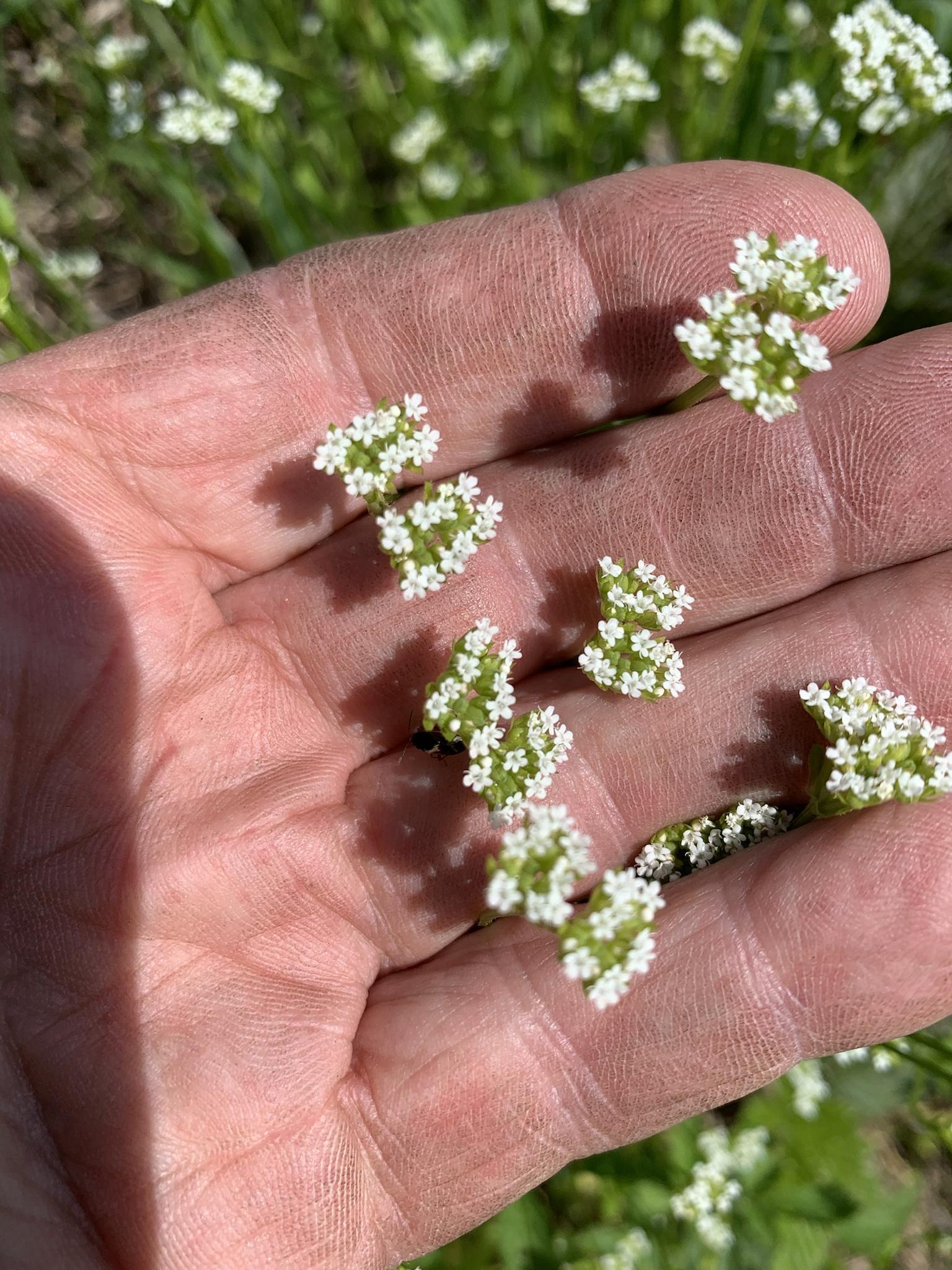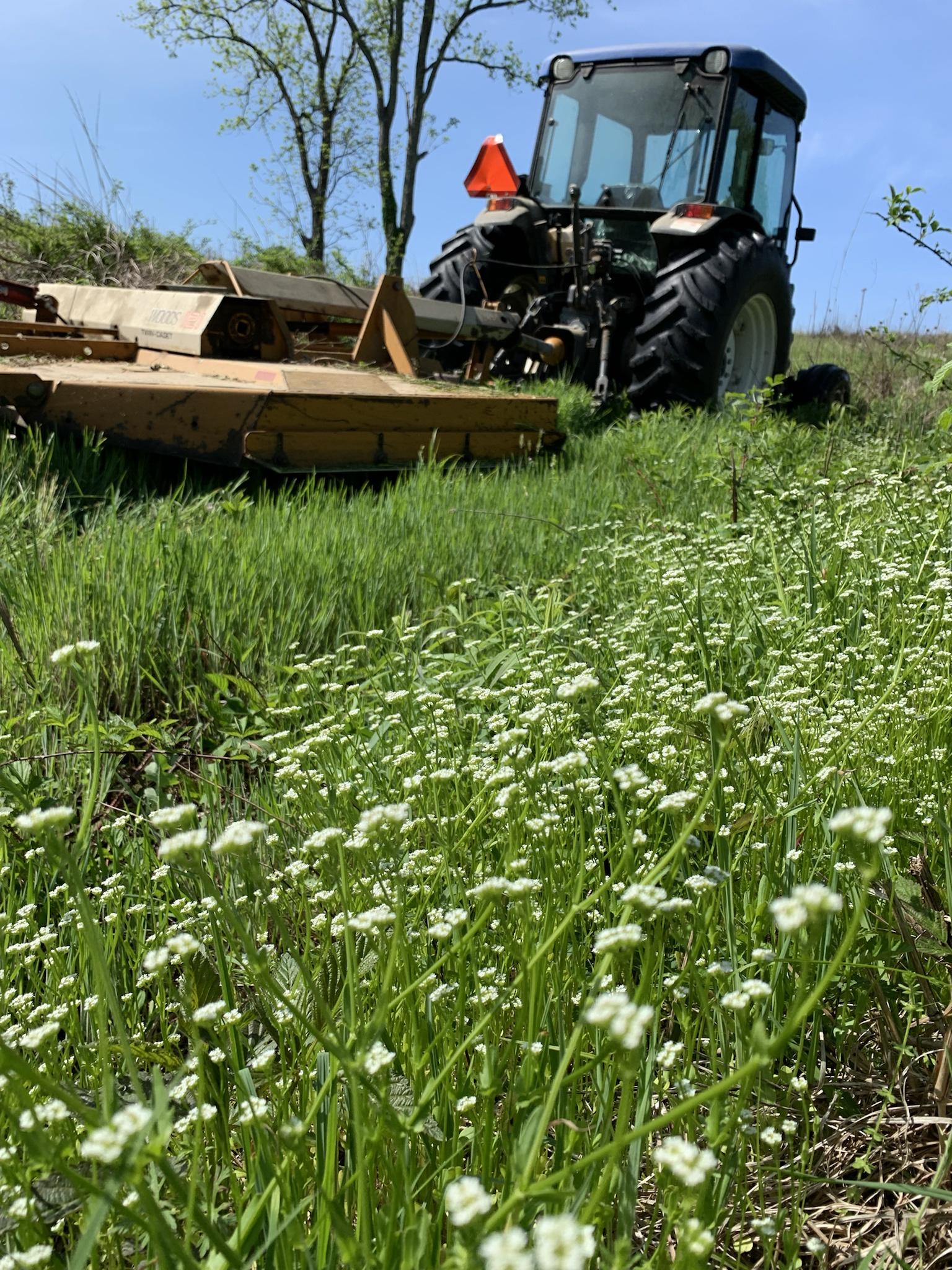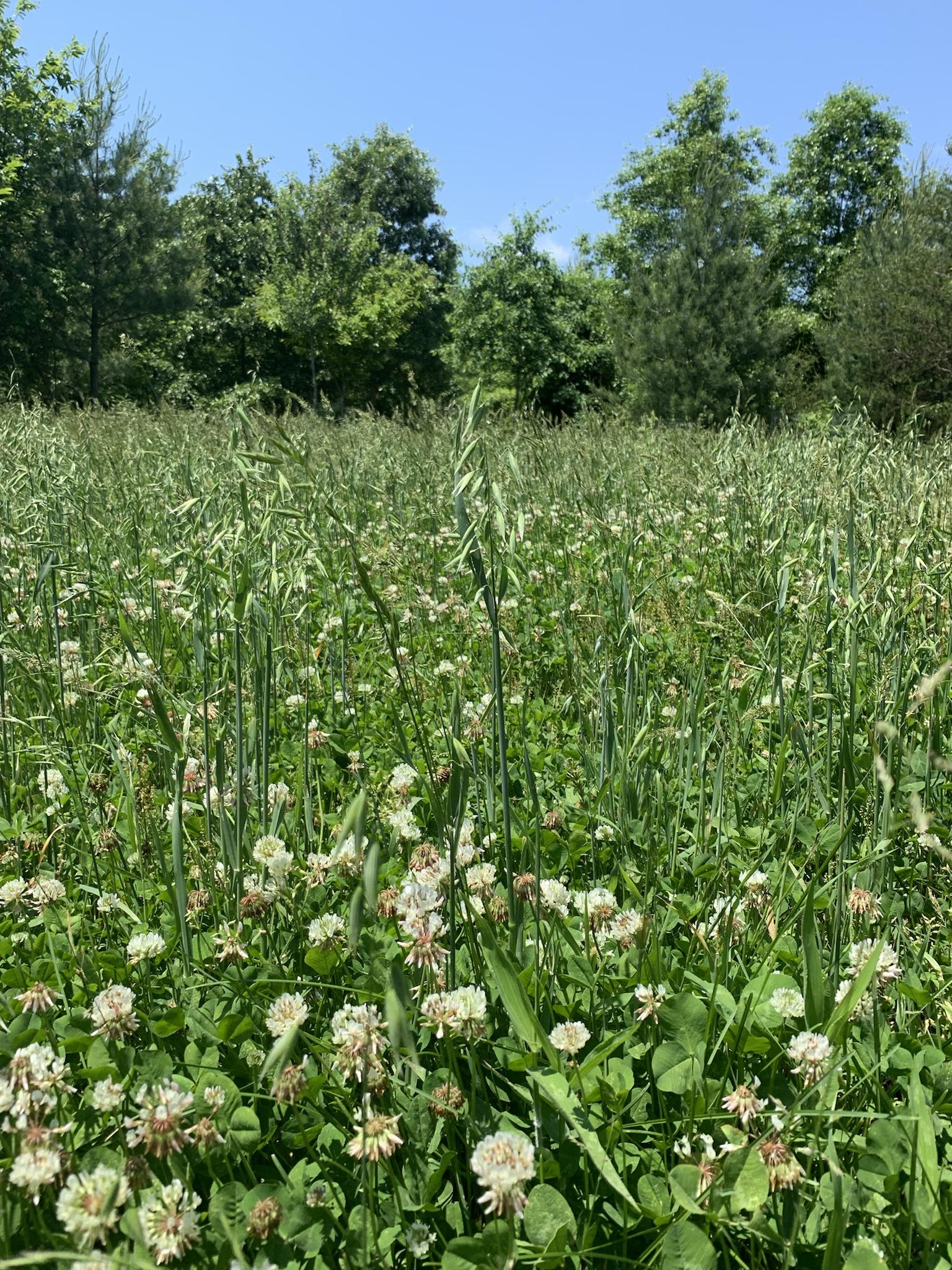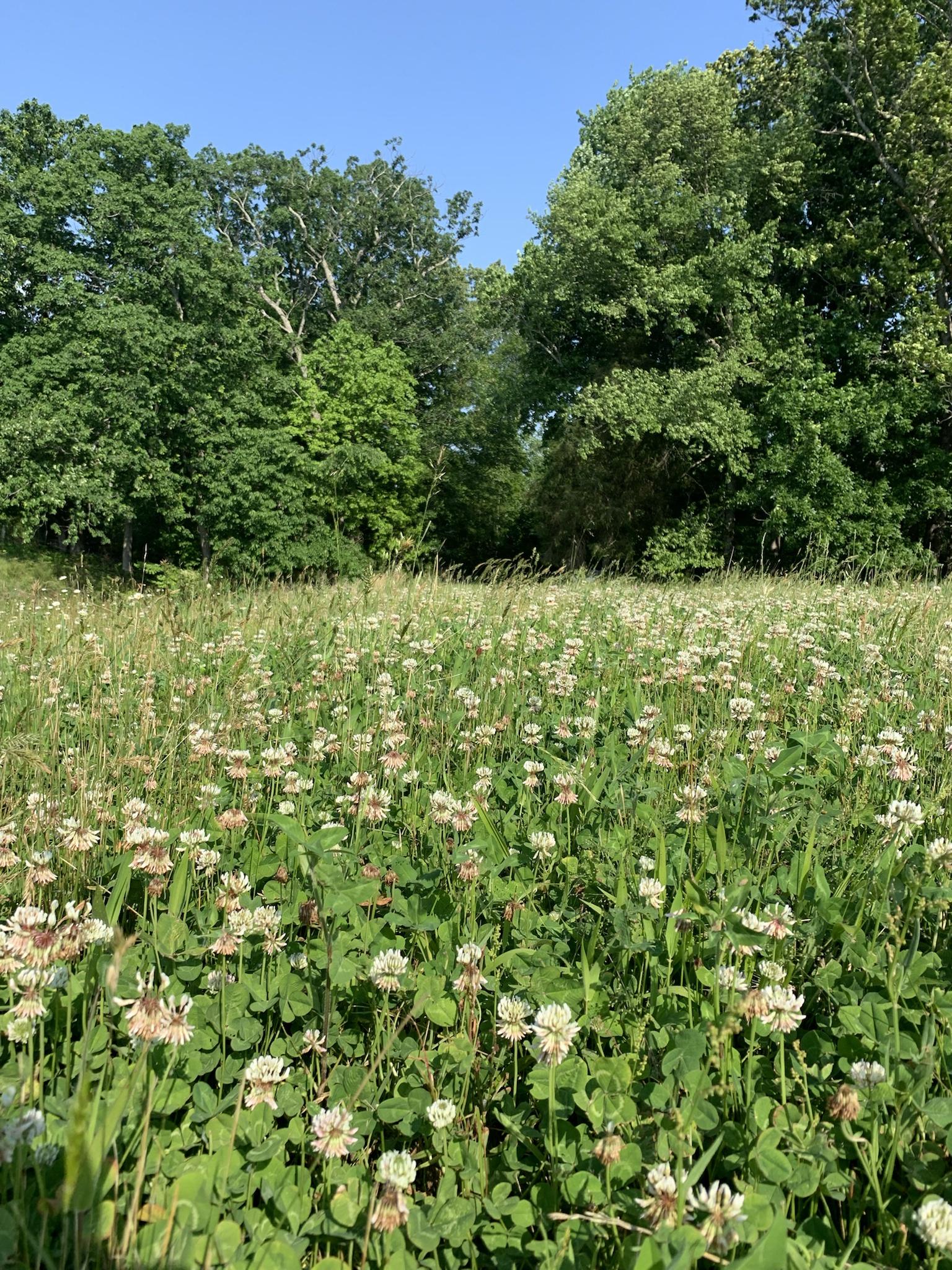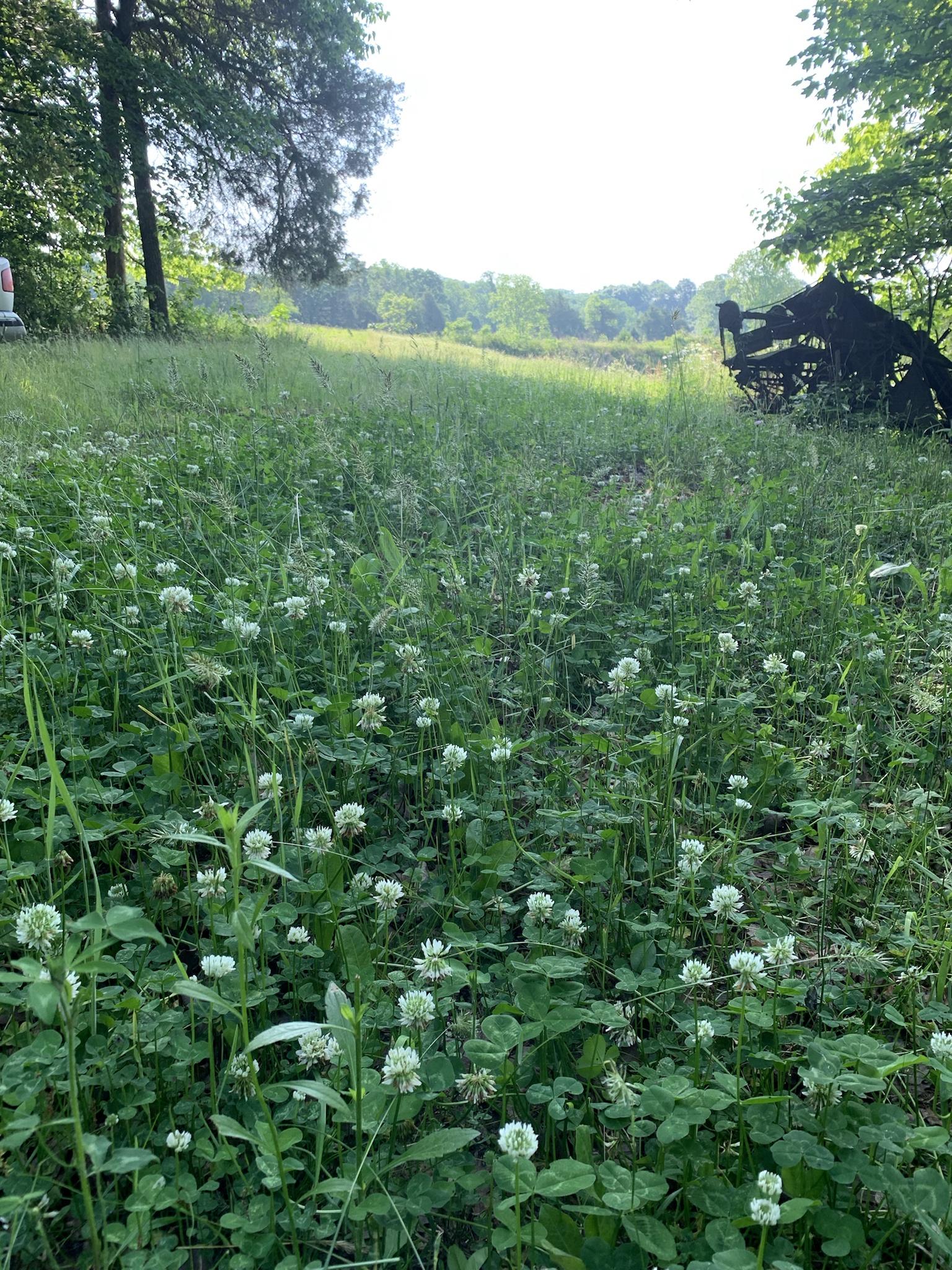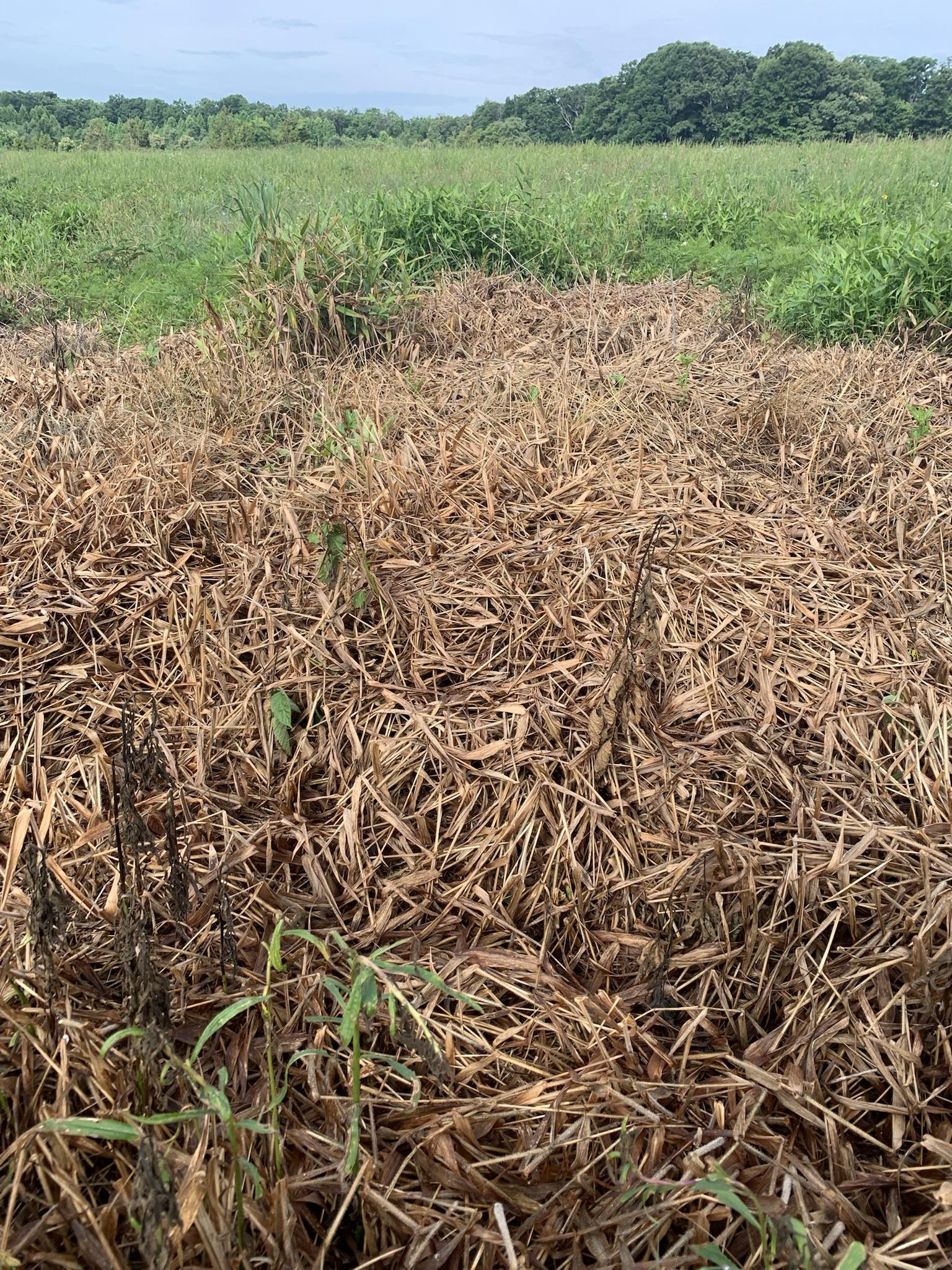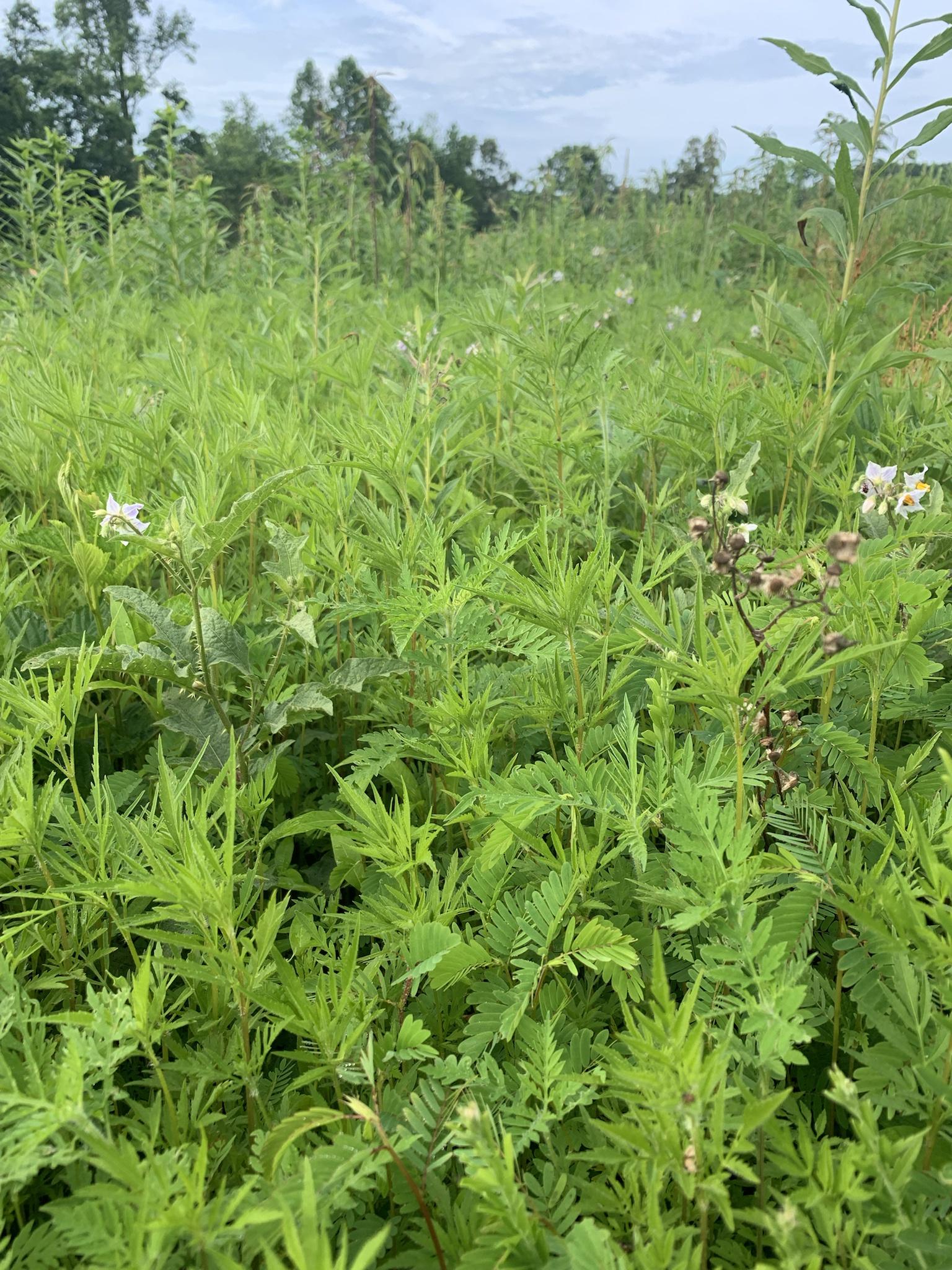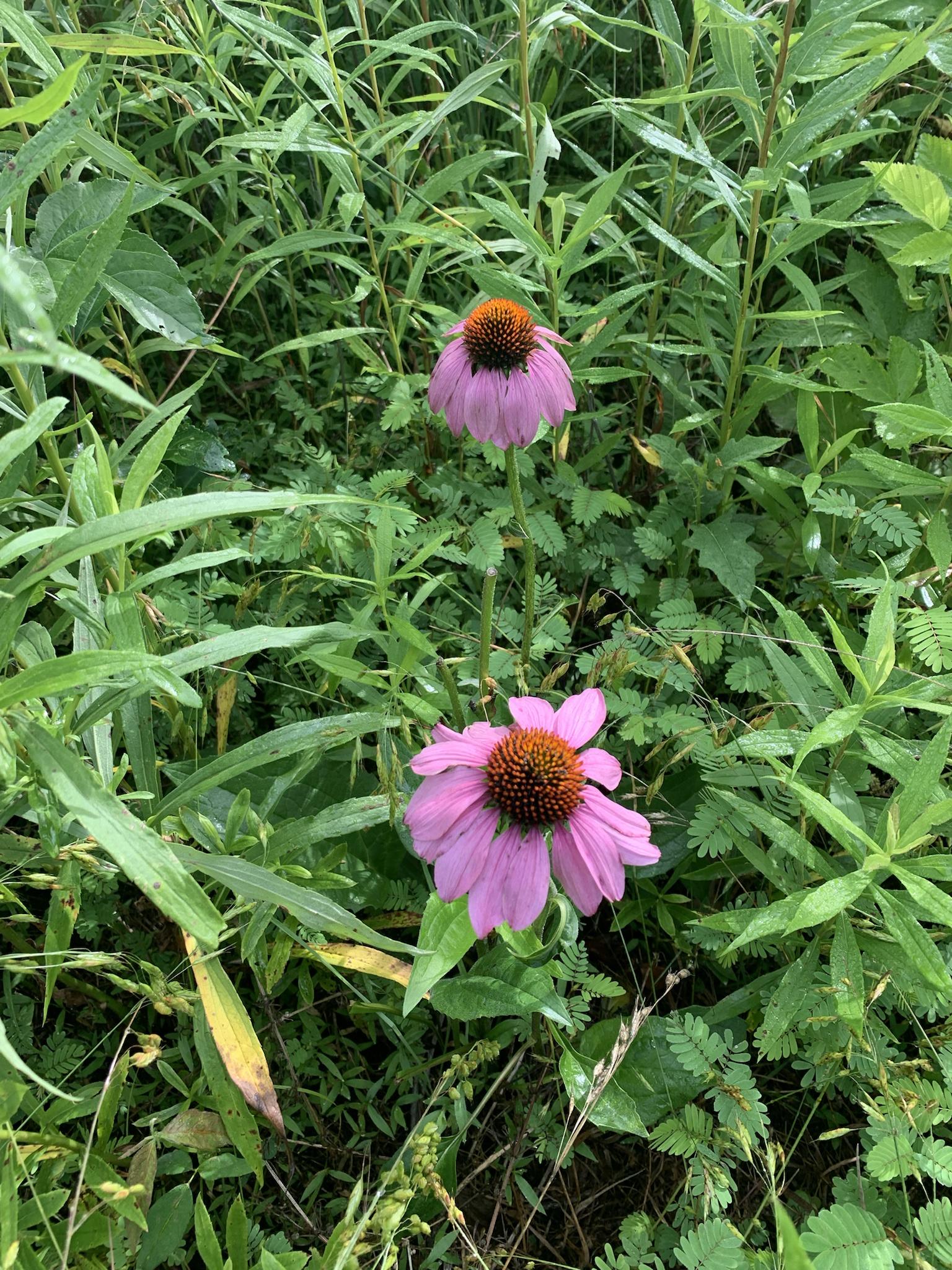Native Hunter
5 year old buck +
Yes, the reason I did it yesterday is because we have 3 to 8 inches of snow forecasted for today and the temp is supposed to drop down to 8 degrees. This old boy forgets about deer and Turkey in weather like that….you would brush hogging snow at both of my places. East and west.
Good idea for the turkeys.

